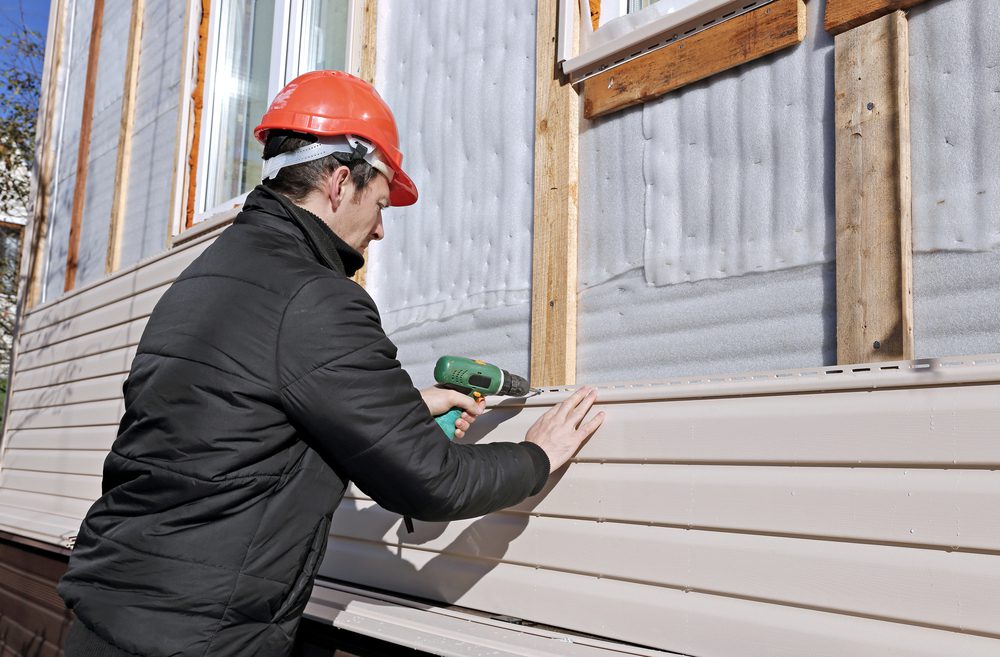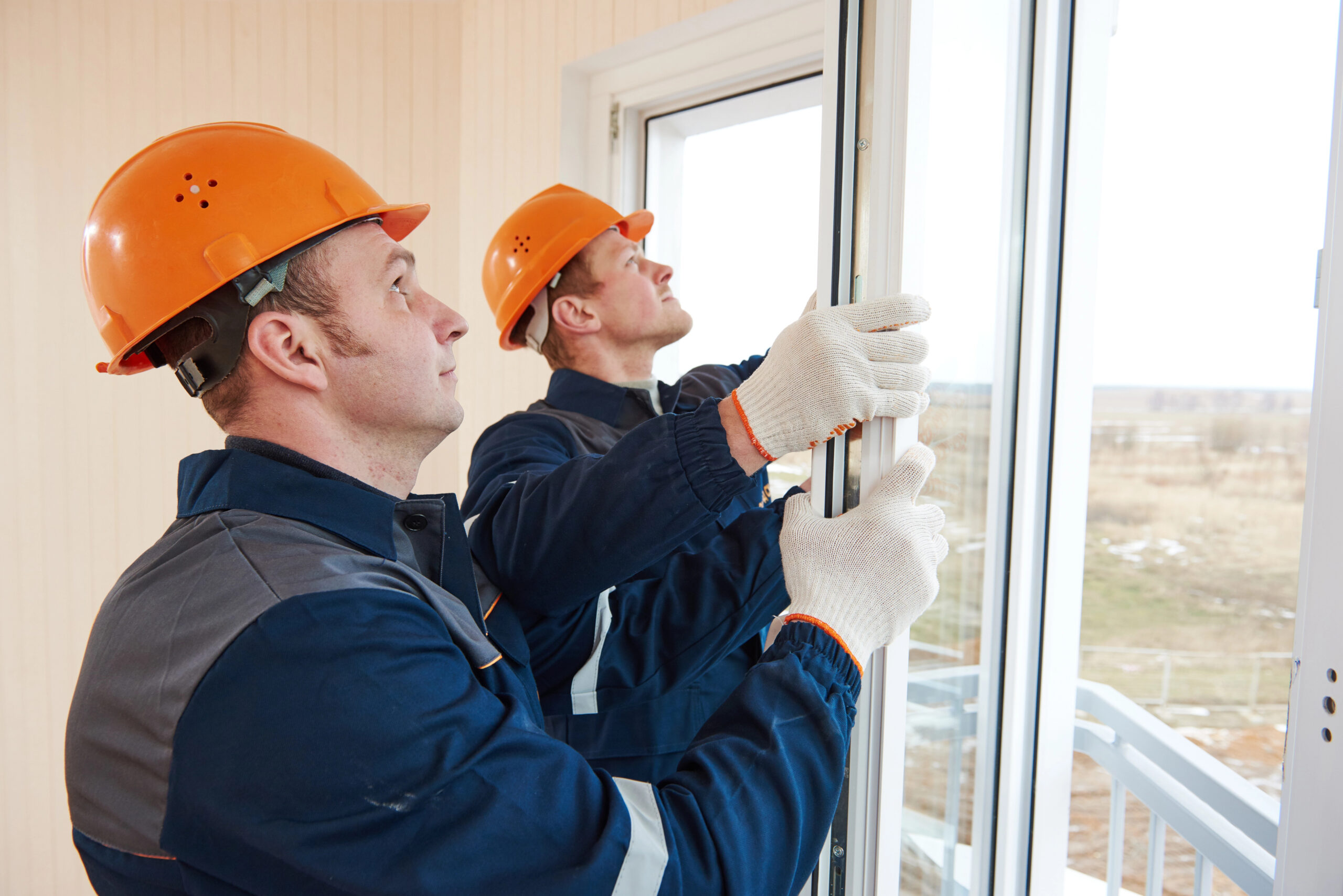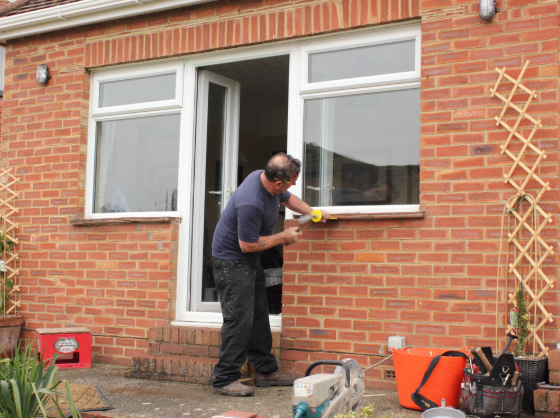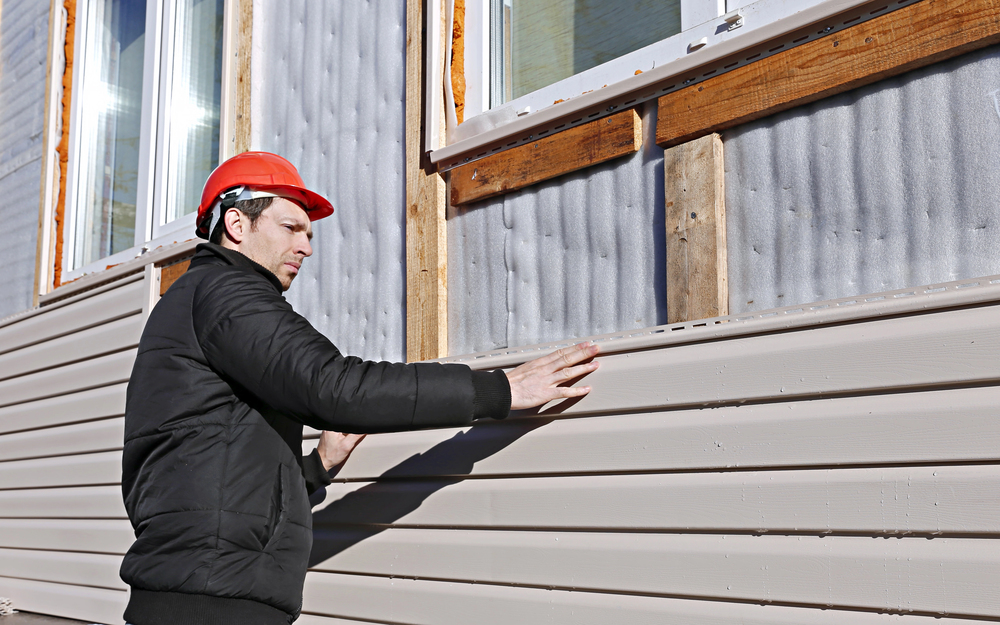Your home’s siding is your first line of defence and one of the biggest contributors to curb appeal. However, figuring out which siding material is right can feel confusing. Maybe you’re torn between the charm of wood shingles, the durability of aluminum siding, or the elegance of natural stone siding. Each option comes with trade-offs in maintenance, appearance, and cost per square foot. This guide will break down the best siding options and help you find the perfect fit for your next renovation:
Why Install New Siding?
Old or damaged home siding can create more issues than most homeowners expect. Cracks and warping often lead to moisture buildup or poor insulation. Over time, this can increase energy bills and weaken the structure of your home.
Installing new exterior siding helps build a stronger barrier against weather and adds stability to your home. Upgrading to options like engineered wood siding also supports better performance in extreme temperatures and offers greater water resistance than many natural materials. Beyond protection, new siding improves how your home looks and feels. When your current siding no longer holds up, a replacement becomes less of an upgrade and more of a necessity.
Signs You Need New Siding
Unfortunately, sometimes damaged or aging siding isn’t the most obvious issue until it starts affecting your comfort and your home’s curb appeal. Spotting these signs early can help you avoid expensive repairs and choose the right siding before the damage spreads.
- Frequent paint jobs: Constant repainting often means the siding is no longer holding up and may need replacing.
- Cracks, sagging, or holes: Visible damage opens the door to moisture, pests, and deeper structural issues.
- Warping or dry rot: Warped panels or soft spots usually signal breakdown in real wood or similar siding types.
- Mould, mildew, or fungus: Growth on the surface shows trapped moisture and failing barriers.
- Rising energy bills: Damaged siding impacts insulation and heat flow, reducing how energy efficient your home is.
Some materials naturally wear faster, so updating to a more extremely durable option may be the better long-term move.
10 Types Of Siding
Below, we’ve covered the best siding options made from various materials, each offering unique benefits for protection and appearance:
1. Vinyl Siding
Vinyl siding is one of the most affordable and widely used options on the market. As a familiar choice for many homeowners, it’s easy to work with and cost-effective. While not the most durable material, it holds up well in high winds and resists fire. Compared to other materials, it needs less maintenance and comes with lower installation costs.
2. Insulated Vinyl Siding
If your current siding is drafty or inefficient, insulated vinyl siding might be the answer. This type of siding has a layer of rigid foam insulation attached to the back of traditional vinyl panels, which improves energy efficiency and reduces outside noise. It also boosts water resistance and overall durability. Available in barn siding and bevel siding styles, it gives you more design flexibility.
3. Natural Wood Siding
Nothing matches the warmth and charm of natural wood siding. Made from real cedar, pine, or a similar species, it brings authentic texture and curb appeal. This siding for your home is easy to paint or stain and works well in log siding styles. With the right sealant, it becomes water resistant, though it does need ongoing care.
4. Fibre Cement Siding
Fibre cement siding is a strong blend of wood pulp, sand, and cement, built for lasting weather resistance and structural strength. It mimics the look of horizontal boards or wood grain but holds up better over time. Though it requires more maintenance than vinyl, it’s one of the most durable types.
5. Composite Siding
When you want the look of premium materials without the high cost, composite siding is a great pick. Made from a mix of wood fibres and resins, it offers the appearance of wood or real stone with better durability. It resists impact, stands up to the elements, and is often fire-resistant.
6. Wood Composite Siding
Homeowners looking for classic wood aesthetics without high prices often choose composite wood siding. This engineered option closely resembles real wood and suits modern looks, like board and batten. It installs more easily than steel siding or faux stone, with panels typically installed directly.
7. Metal Siding
Metal siding is generally built from aluminum or steel, which means that it has strong durability with built-in fire resistance. It holds up well in harsh climates and won’t warp like regular vinyl.
8. Brick Siding
Few exteriors match the classic appeal of brick siding. Known for its strength and charm, it’s made from natural clay or shale and helps regulate indoor temperatures. Though the installation process can be more involved, its low-maintenance and lasting beauty make it a popular, eco-friendly choice.
9. Stone Veneer Siding
Stone veneer siding gives your home the look of real stone without the weight or cost. It’s lightweight, easier to install, and works well for accent walls or full facades.
10. Composite Wood Siding
Composite wood siding combines the beauty of wood with advanced engineering for a longer-lasting finish. In addition, this isn’t made from raw timber. Instead, it’s made from pressed wood fibres and resins, which makes it more resistant to pests, rot, and warping.
Find The Perfect Siding For Your Next Renovation Project
Choosing the right siding will transform your home’s look and protect it from Winnipeg’s tough climate. With so many siding materials available, it’s worth working with experienced professionals who understand your needs. Explore your options with trusted siding contractors in Winnipeg and start your renovation project with confidence.






